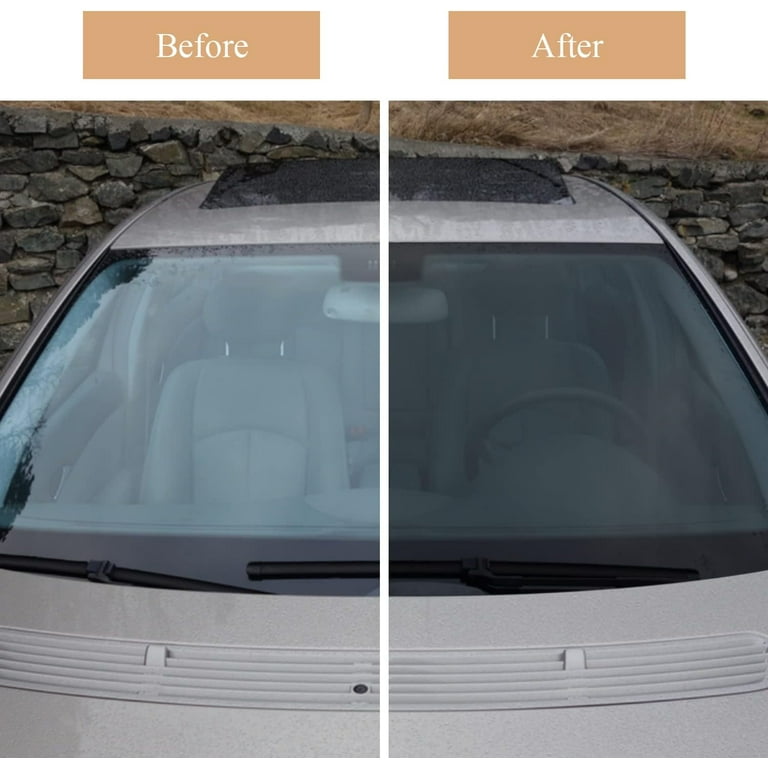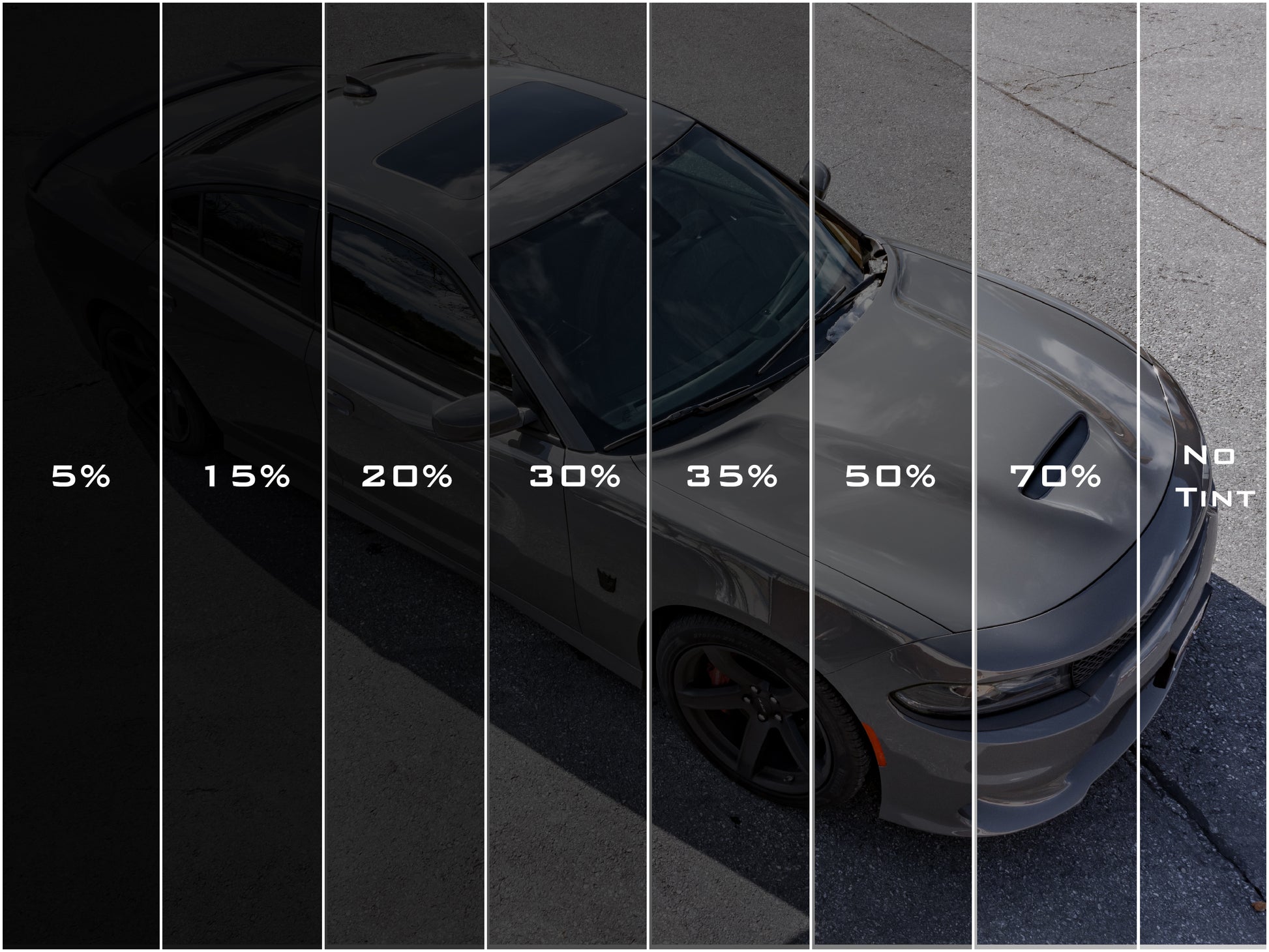How Car Window Tinting Can Enhance the Resale Value of Your Vehicle
How Car Window Tinting Can Enhance the Resale Value of Your Vehicle
Blog Article
Home Window Tinting Laws and Guidelines: What You Need to Know Prior To Tinting Your Automobile
Before proceeding with window tinting for your vehicle, it is important to familiarize on your own with the varied regulations and standards that control this technique across different states. These regulations dictate the permissible degrees of color darkness, frequently determined by visible light transmission (VLT) portions, and consist of certain specifications for front windscreens intended at guaranteeing road security.
Overview of Home Window Tinting Regulations
Window tinting regulations are often subject to variation throughout various territories, reflecting local laws and safety factors to consider. These legislations determine the acceptable levels of color darkness and reflectiveness on lorry windows, making sure that motorists preserve sufficient visibility while also shielding versus damaging UV rays and heat.
The majority of guidelines classify home window tinting based upon the Visible Light Transmission (VLT) percentage, which shows the amount of light that can pass via the window. Generally, reduced VLT portions symbolize darker tints. Laws usually distinguish in between the front, side, and back windows, with stricter restrictions used to the front windscreen to enhance security for both the motorist and various other roadway customers.
Conformity with home window tinting regulations is important, as infractions can result in penalties, compulsory elimination of the tint, and possible increases in insurance policy premiums. It is essential for automobile owners to acquaint themselves with regional laws prior to continuing with window tinting setups.
State-by-State Tint Regulations
Comprehending the details home window tinting regulations in each state is crucial for lorry proprietors looking for to follow the legislation. Each state in the united state has actually established its own collection of guidelines controling window tinting, which can vary significantly. These guidelines often determine the allowable levels of color darkness, the sorts of home windows that can be tinted, and any kind of medical exemptions that might use.
As an example, states like California have rigid restrictions on color darkness for front windows, while others, such as New Mexico, may permit darker colors. Additionally, specific states mandate certain exposure percents for numerous home windows, including the windscreen, front side windows, and rear windows. It is vital for automobile owners to acquaint themselves with their state's laws to avoid possible penalties or charges.
Furthermore, some states might need an accreditation sticker label to be positioned on colored home windows, indicating conformity with state laws. Failing to abide by these policies not only runs the risk of lawful consequences but can additionally impact safety and visibility while driving. For that reason, car proprietors must conduct comprehensive study or consult neighborhood authorities to make sure complete understanding and compliance with state-by-state tint regulations.
Allowed Tint Degrees and Kinds
Lots of automobile owners may be shocked to learn that enabled color levels and kinds differ commonly across various states. Each state has actually developed its own laws relating to the allowable darkness and reflectivity of window tint, often gauged by Visible Light Transmission (VLT) percentages. VLT describes the amount of light that can travel through the colored windows; therefore, a lower percent suggests a darker color.

In addition, the kinds of color products enabled can vary, with some states prohibiting metallic or mirror-like surfaces. It is necessary for automobile owners to familiarize themselves with their state's specific laws to make certain conformity. Non-compliance can cause penalties, required removal of the tint, or other legal effects, making it crucial to recognize these regulations before waging installment.
Medical Exceptions for Tinting
While not all states give allocations for medical exemptions concerning window tinting, those that do identify the need for specific people to enhance visibility and convenience due to clinical problems. Different medical problems, such as lupus, skin cancer cells, and specific eye problems, can make people particularly delicate to sunshine. Consequently, these individuals might require darker tints to shield themselves from dangerous UV rays and glow.

It is essential to note that despite having a clinical exception, there might still be restrictions on the degree of color permitted. Compliance with state regulations makes certain that people are both secured and within legal restrictions. Those thinking about medical exceptions need to contact their regional Division of Motor Vehicles or comparable authority to recognize the needs and treatments necessary to use for an exception effectively.
Charges for Non-Compliance
Stopping read review working to abide by home window tinting laws can cause substantial penalties, which differ by state. Legislation enforcement companies are encouraged to provide citations for vehicles that do not abide by the specified tinting regulations. These charges generally include fines, which can range from modest amounts to several hundred bucks, relying on the extent of the violation and the state in question.
In some territories, duplicated offenses may cause intensifying penalties or added fines, such as required court appearances. Furthermore, non-compliance may require the elimination of illegal tinting, usually at the owner's expense. In severe instances, my company regular wrongdoers might encounter suspension of their lorry enrollment up until compliance is achieved.
Furthermore, insurance coverage implications may arise from getting numerous citations for window color offenses. Insurers may see such violations as an indicator of riskier actions, potentially bring about boosted costs or trouble in coverage.
To stay clear of these penalties, it is critical for lorry proprietors to acquaint themselves with their neighborhood window tinting regulations and make sure that their automobile complies (Window Tinting). This proactive strategy not only prevents legal implications but likewise promotes roadway safety and security
Final Thought

Many laws identify window tinting based on the Visible Light Transmission (VLT) portion, which suggests the amount of light that can pass via the home window. Conformity with home window tinting regulations is crucial, as infractions can result in penalties, obligatory elimination of the color, and possible rises in insurance policy premiums.Recognizing the particular window tinting policies in each state is essential for automobile owners looking for to conform with the legislation. These policies often dictate the allowable levels of tint darkness, the types of windows that can be tinted, and any kind of medical exceptions that check might apply.
For instance, states like The golden state have stringent restrictions on tint darkness for front home windows, while others, such as New Mexico, might allow darker tints.
Report this page